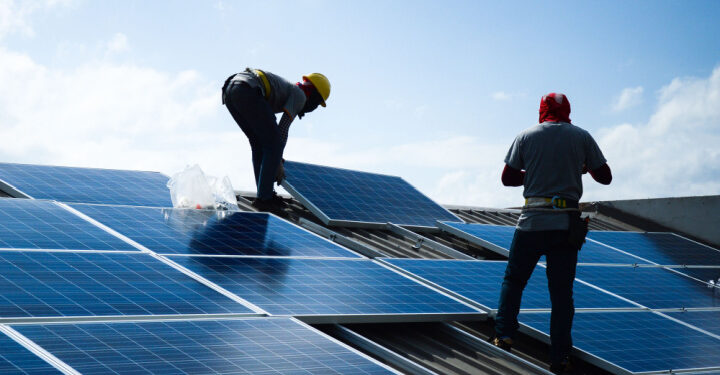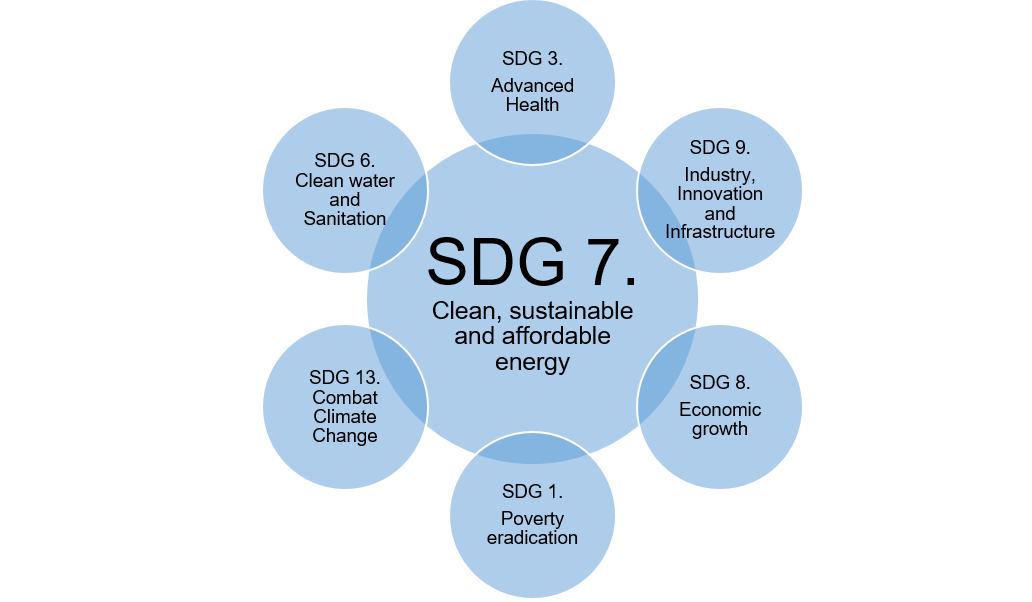As a global organisation representing hydro power what are the key focus areas of IHA?
We have represented the global hydropower sector for 25 years and have members in 120 countries in every region of the world – India, Canada, South America, Brazil, Russia, Africa and beyond. Our interest is in promoting sustainable hydropower. The challenge of building hydropower is one of managing all aspects of sustainability including environmental, social and commercial issues. We have done a lot of work developing tools and establishing good practices because we believe that going forward all hydropower projects have to be built sustainably. We offer practical assistance and knowledge for members of the hydropower sector who share this vision.
Hydro is broadly considered to be a clean source of power. With solar and wind taking up a larger share of the clean energy space, how do you visualize this combination developing?
We consider hydropower to be 100 percent clean energy, right alongside wind and solar. We think the decarbonisation of the world's energy resource base can be substantially fulfilled with the combination of hydro, wind and solar power. I am very pleased that India has now formally established hydropower as renewable and is moving forward on hydro renewable purchase obligations. This is a big step forward. We are also seeing the rise of pumped storage with its water battery capability. According to IHA’s 2020 Hydropower Status Report, India has now overtaken Japan as the world’s fifth largest producer of hydropower at over 50 gigawatts, including more than 4,700 megawatts of pumped storage. I understand there is around 90 GW of further capacity identified at sites across India. The water battery capability, together with traditional development of hydropower, makes this a very 21st century clean energy source for India and the world.
What have been the key trends in the growth of hydro capacity globally over the past five to ten years?
A lot of people would say that hydropower is a mid-to-late 20th century energy resource. However, in the last 20 years we have added a huge amount of capacity to the world's hydropower fleet, which has grown by about 500 GW to over 1,300 GW today. So, this is a very modern resource and it is characterised by the recognition that you cannot build unsustainably. In this regard, industry is aiming to comply with internationally recognised good practices.
We also believe we can make a dent on climate change. We are going to grow another 60 per cent by 2050 and that means taking hydropower capacity from 1,300 GW to 2,000 GW. This is achievable and we are aiming to help governments put in place the regulatory frameworks to support this. Pumped storage is absolutely an emerging trend as it can fill the gap that is left by solar and wind. The problem with storage is achieving a market setting that supports its development. Ancillary services from hydropower plants just do not get sufficient recognition in the market. In India, there have been some attempts to address this market issue.
Unfortunately, the Covid tsunami has dented the speed at which some of those things were going. From the industry's perspective, the market arrangements have to move ahead so that we can bring sustainable development to the fore.
What have been the key trends in year-wise investments taking place in building hydropower plants globally and which geographies are attracting most of these investments?
In the past five years, the year-on-year growth in installed capacity was about 2.1 per cent. In other words, of the 500 GW that has come in the last 20 years, 100 GW has been in the last five years. In 2019, there was a slight drop in investments at a global level in hydropower at around $50 billion.
The challenge is that if we are to ramp up and reach the targets - of the kind IEA is projecting - we need to put in around $100bn a year, and this ramp up has to happen with sustainable practices so that the banks are comfortable in investing and communities feel comfortable that these resources can be developed taking into account social and environmental issues.
China has been a standout in the last 20 years followed by Brazil and countries like India. As well as new projects, we also need to see investment in modernising existing infrastructure. IHA together with the Asian Infrastructure Investment Bank has identified 66 hydropower stations in 19 countries in Asia that would benefit from modernisation, at an estimated investment value of up to US$13.7 bn. Our research shows that India and Turkey are the two countries with the most hydropower capacity in need of investment.
To what extent this momentum on hydro power could be impacted due to the Covid-19 pandemic?
There is no doubt that the industry has never seen volatility of this kind. But this is also an opportunity to think about what the post Covid world could look like. In the hydropower sector, people think long term. Covid has impacted supply chains and it has made it difficult to get projects going. These issues have impacted all industries. This time will pass but it should make us think what are the priorities we want for our countries once the Covid issue settles. Where do we want the stimulus to go?
Infrastructure development, post a major crisis like this, is a great way to help countries recover. Stimulus packages coming out of Covid ought to be considered to go towards projects like hydro. We think that hydropower, as part of the energy transition with solar and wind, is the way forward for the world in a steady and measured way which is going to require market rethinking, significant investment, and it should be done in a way that meets society’s expectations.
Hydro power projects are known for delivering really low Levelized Cost of Electricity (LCoE) over their lifetime. But that cost has not seen much reduction over years at a time when technology intervention has brought down costs in solar. Where is the hydro power industry headed when it comes to the cost of setting up large projects and the technological intervention required to boost capacity at scale?
A recent report by IRENA said the global weighted average LCoE for hydropower still makes it the cheapest source of electricity, under 5 US Cents per Kilowatt Hour for projects that were commissioned in 2019. So, we are one of the cheapest sources of electricity. In hydro, the capital cost per project is high because of the large size of the projects, unlike wind and solar. The question is how risky are the projects? There is a perception that wind and solar are lower risk even if the LCoE is a bit higher. That is where the hydropower industry has got to take on the issue of sustainable development.
What would be your main policy recommendations to the governments to boost the share of pumped hydro capacity in the larger energy basket?
The first thing to do is to raise their ambition, in terms of expected pumped hydro capacity, to the level of wind and solar. Also, we must develop a market design that supports and rewards the flexibility hydropower provides to other variable renewables. That means the ancillary services must be paid for. The other important thing is that we need real-time market pricing. These are some of the key elements to get the pumped hydro going.
What is your reaction to the recent fire incident at Srisailam hydropower station on 20 August which saw nine people lose their lives?
Our condolences go to the families of those who tragically lost their lives. Obviously there is an investigation ongoing so it’s too early to speculate as to the cause and what action may be necessary to prevent a similar incident happening again. At IHA we recognise the safety of workers and communities is the number one concern for any hydropower operator. That’s why we helped to develop the Hydropower Sustainability Tools which define international good practice on infrastructure safety among other topics. Our association is the ideal forum for organisations to share their experiences with the wider world. We would expect that other countries can benefit from hearing about India’s experience and successes in hydropower, as well the lessons to be learned from this case.







